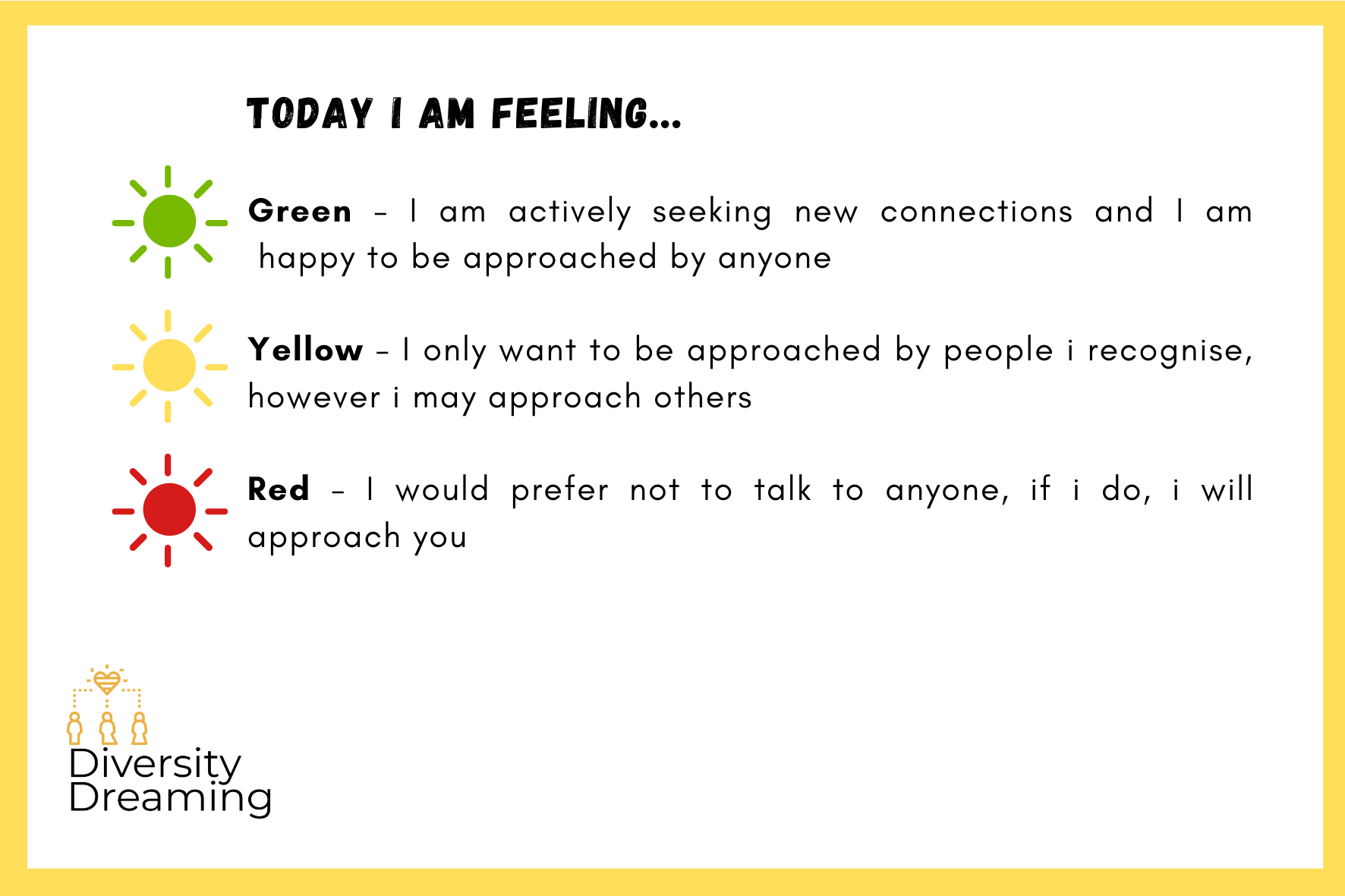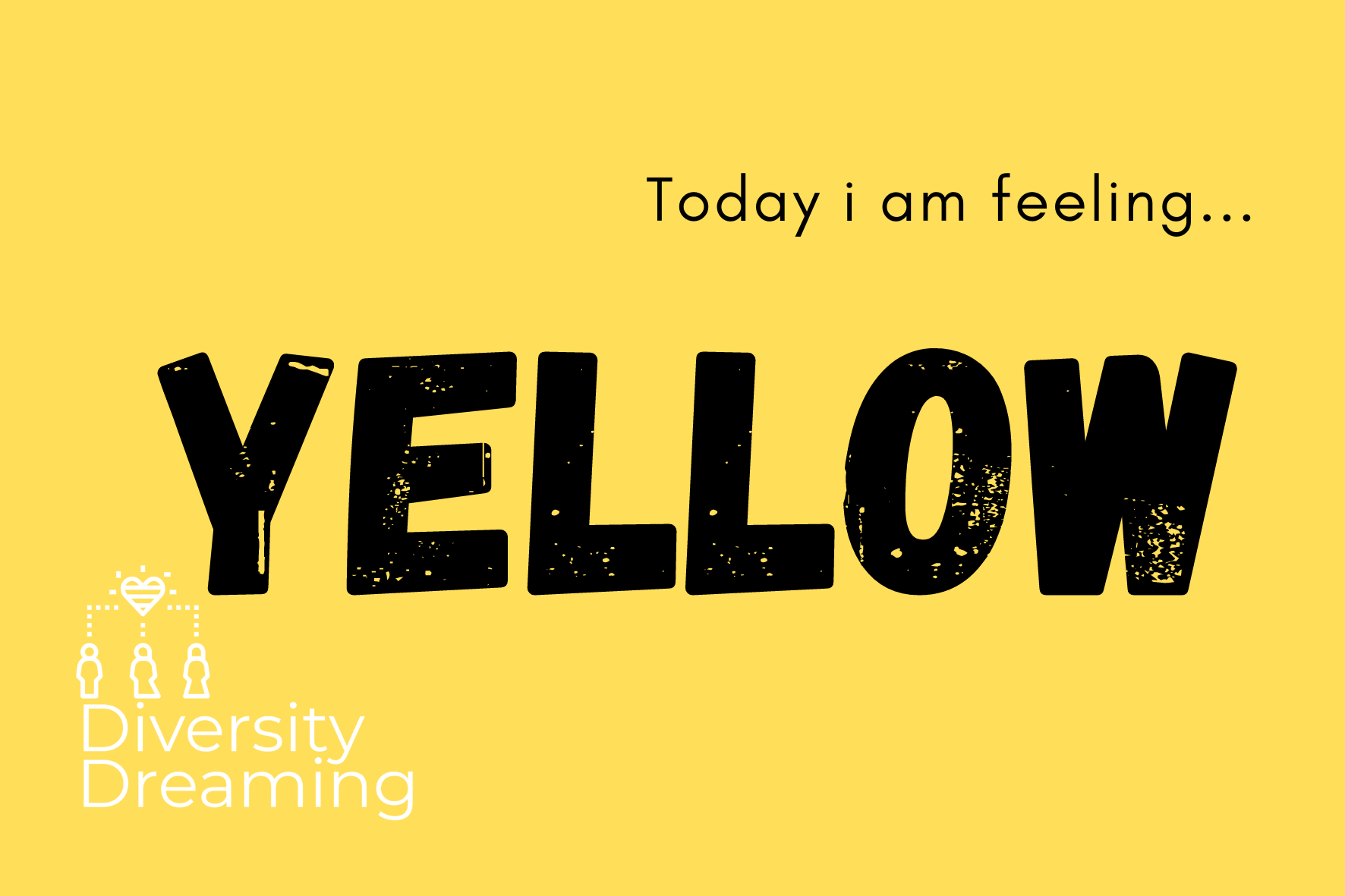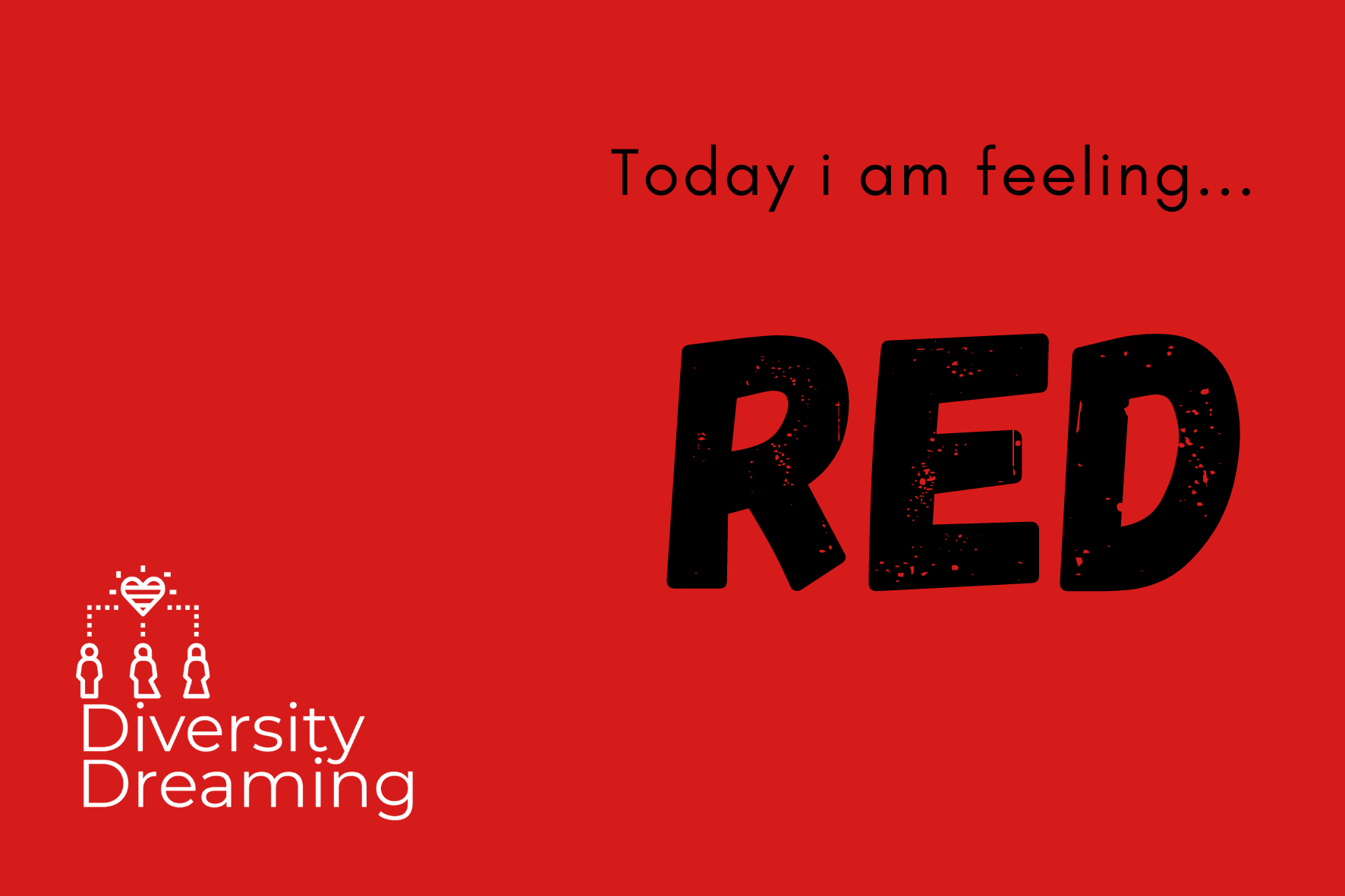Helping you to set up inclusive and accessible events
Whether you are organising a Diversity and Inclusion related conference, team social events or your monthly business town hall, how confident are you that these events are truly accessible for all your employees? First impressions count. Irrespective of content, the design and set-up of the event is a key driver in conveying the message that your firm prioritises diversity and inclusion in the workplace, and therefore values all employees.
Below, I work through a multitude of ways that help to create more inclusive and accessible events, whether in person or in the virtual world.
Venue accessibility
Check that building accessibility is for everyone, including the provision of wheelchair access and clear signage. Provide information in advance if one entrance provides better accessibility and parking options over another.
Note that venue accessibility extends to other factors; some people may not be able to attend if alcohol or gambling is present. Therefore choosing a casino for a festive party should be avoided. Similarly, social events that solely revolve around alcohol can also be exclusionary for employees for reasons of belief, medical or safe travel.
Try to ensure the venue is readily accessible via public transport to avoid excluding those without personal transportation or that cannot afford a taxi.
Timing can also be an exclusionary factor. Aim to vary the time and date of recurring events to avoid isolating those that may work part-time or that cannot attend evening events due to personal commitments such as childcare and other support activities. This is particularly a priority for social events.
The option to use subtitles should be prioritised. “Voice to text” software is low cost and now provides real time subtitles on screen to support those with hearing impairments, processing-related disabilities or for whom the language may not be their first language.
Consider whether an in-person event is necessary; not everyone will feel comfortable in group situations.
Arrival information
If the event will include a name badge, providing optional stickers to share the attendees’ pronouns is a great way to ensure those that do not sit within traditional binary pronouns feel respected and that nobody is mis-gendered.
Other stickers such as “I need a seat”, “no handshakes please” and “no photographs please” are also useful tools to help all guests to feel comfortable. Try to avoid standing only sessions or ice-breakers where all guests are directed to shake hands or touch in anyway. The option to avoid being photographed is also critical, particularly for LGBT+ related events, wherein the guest may not be comfortable, or even safe, to be seen attending an event in public.
Social preference indicators are helpful to make guests feel more at ease. This could also be a sticker or a lanyard string colour. Red would imply that no communication is wanted; they are just there to listen. Orange suggests the individual is happy to speak to known acquaintances or if they approach someone else. Green implies they are happy to talk to anyone.




Information regarding venue facilities such as access to Multi-Faith and Wellbeing rooms, Wellness Rooms and gender neutral toilets should also be shared at this point.
Content accessibility
Including pronouns on communications, whether on title slides or in email signatures, or when introducing speakers at events is an inclusive practice that will be valued. Using gender neutral language should also be a priority; this can include avoiding assumptions about gender when speaking to guests or choosing a member of the audience to ask a question (e.g. the guest in the red top, rather than the lady in the second row) and addressing the room with gender neutral terms such as “Hello everyone” or “Good morning esteemed guests”. This quietly and effectively normalises the concept of sharing pronouns and using gender neutral language to support those whose pronouns may not fit traditional societal expectations.
The provision of table hosts that are prepped on the content and comfortable with the topic are useful to launch conversations, gather notes (if consented to by the table) or ideas for the organiser and to help monitor if any guests feel uncomfortable with topics under discussion or are struggling with accessibility requirements.
Inclusive invitations
Try to use inclusive terms when drafting invitations. Avoid addressing your guests as Mr or Mrs and use their name directly i.e. Dear Name, we would be delighted if you could join us...
Sharing an agenda, notes and/or content ahead of time is really critical. This can help those with visual impairments to access information ahead of time, and provides people with processing-related disabilities an opportunity to digest the content and develop their questions.
Avoid excluding populations and shouting in an echo chamber. For example, in the interests of gender equality some events are designed to be “women only”. However, this deprives the keynote speakers of the opportunity of a larger audience and men the opportunity to educate themselves and learn about the actions they can take to support women in the workplace. You could make it explicitly clear that all are invited, regardless of gender identity or expression.
None of these changes require material money or time but can have a significant impact on your event attendees. For internal events, it helps prove you value all of your employees and want them in the physical or virtual room. For external events, it sends a clear message that diversity and inclusion is standard aspect of your way of working and will pull diverse talent to your business.
Have you used any of these techniques at any of your events? Or perhaps plan to include them at your next event? Comment below and let us know how you get on! You can also use the “Ask a Question” button within the header of this page if you have any event specific support you need.
Don’t forget to subscribe to the Diversity Dreaming newsletter to stay up to date on all our articles and other D&I related content. Click here to subscribe.





